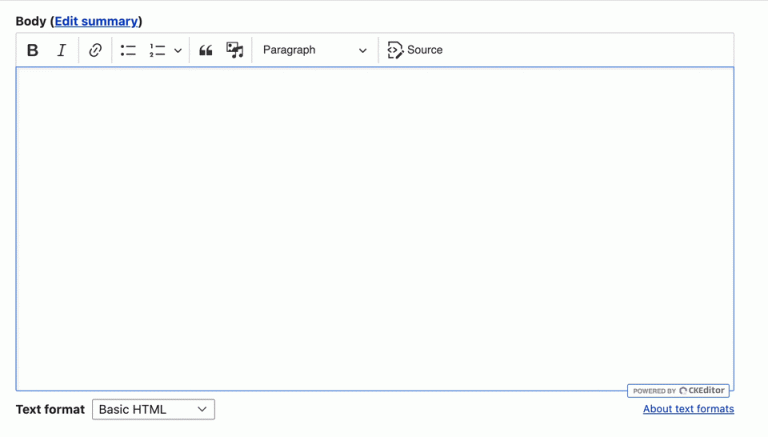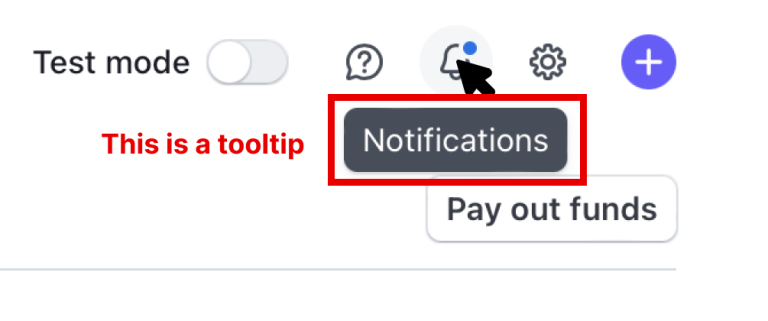
Jeff Sheldon is a designer turned entrepreneur. He started Ugmonk, a Pennsylvania-based direct-to-consumer brand, in 2008 as a seller of graphic-inspired t-shirts. His desktop organizers, which he added in 2020, are seemingly unrelated until realizing he designed both — the t-shirt graphics and the desk tools.
Jeff first appeared on the podcast in 2020. He had just moved t-shirt fulfillment in-house and launched a Kickstarter campaign for his first desktop tool.
In our recent conversation, he addressed phasing out the t-shirts, expanding the desktop line, and the dilemma of selling on Amazon. Our entire audio is embedded below. The transcript is edited for clarity and length.
Eric Bandholz: Tell our listeners who you are.
Jeff Sheldon: I’m the founder of Ugmonk, a 16-year-old direct-to-consumer brand. Initially, we sold t-shirts, but we’ve evolved into well-designed, functional desk and organization products. One of our standout items is Analog, our desktop note card system to stay organized and reduce digital distractions. Ugmonk is known for design — aesthetics and functionality.
Folks associated Ugmonk with graphic tees for our first 12 years. I designed the graphics, and we eventually moved to manufacturing the shirts for improved quality. Working with a manufacturer in Los Angeles, we created a better garment. Despite the manufacturing challenges, we found a good rhythm and built a customer base around those shirts.
However, about two years ago, we stopped making apparel. Our business saw its highest single revenue day when we announced that change. Customers bought 20 to 50 shirts, not wanting to miss out. While leaving that part of the business behind was tough, I knew it was the right decision.
Bandholz: Have your apparel customers transitioned to desk products?
Sheldon: I haven’t dug deeply into the analytics, but surprisingly, many customers who bought our t-shirts have also purchased our desk products. At first glance, this might seem odd — how do t-shirts and desk accessories relate? However, Ugmonk attracts customers who appreciate design and functionality. Many customers who have been with us since the t-shirt days have moved into careers where they need quality, well-designed tools for their workspaces.
When I started Ugmonk, graphic tees were huge. Platforms like Threadless were popular, and many of my customers were in their teens and twenties, buying shirts and posters. Fast forward to now, and many customers have desk jobs or work from home. So, while some of our old customers still miss the shirts, many have moved on to the Analog system, which is now more popular than our peak apparel days.
The online t-shirt market is incredibly saturated. Everyone sells t-shirts, and countless brands use drop shipping to offer generic products. In the early years of Ugmonk, we thrived on organic growth — email lists and social media before it became pay-to-play. However, it was tough when we tried, in 2017, to scale using ads. Selling t-shirts through a Facebook ad, especially when competing against a sea of similar products, is difficult. We didn’t see much success.
In contrast, we launched the Analog system on Kickstarter in 2020 with immediate success. We raised almost half a million dollars from over 5,500 backers. We decided to invest in paid acquisition for the product, and it worked. It’s a visual product that solves a real problem — people are distracted by their devices, and the Analog system offers a tangible way to stay organized. Compared to t-shirts, selling Analog through advertising has been more scalable. It’s an example of a good product-market fit.
Bandholz: Has your role in the company changed?
Sheldon: My role has evolved, but I still handle many of the tasks I did in the early days. For instance, I still shoot most photos because I’m passionate about capturing our products in a way that tells their story. I could outsource photography, but I enjoy the creative aspect. Plus it’s a core part of our brand’s identity.
Our team has grown. It used to be just me. Then, I added an employee. Now we have two full-time employees and a part-time staff of two to five people, depending on our needs.
We’ve scaled operations with our in-house warehouse and fulfillment. I outsource some aspects of the business, like advertising, yet I’m still hands-on with organic marketing and writing most emails and my monthly “Five Things I’m Digging” newsletter, which has become a fan favorite.
Managing the creative and operational sides of the business is stressful, but it’s all part of the journey.
Bandholz: Ugmonk’s products are not on Amazon.
Sheldon: Amazon is a love-hate relationship for me, similar to Meta. In 2017, we tested our Gather desk organizers there but didn’t see much traction. So we pulled back. Amazon is flooded with cheap, knockoff products, making it hard for customers to distinguish between quality and subpar items.
I’ve become more open-minded lately. The reality is folks are shopping on Amazon — it’s where a significant percentage of ecommerce searches start.
I buy consumable items, like coffee filters, on Amazon for convenience. We’re considering selling refill cards for the Analog system there for the same reason. It’s about meeting people where they are. I still value owning our customer experience directly on our site, but Amazon can be complementary for certain products.
Bandholz: So listeners should go to your site to buy products.
Sheldon: Yes, at Ugmonk.com. They can find me on X and Instagram.





